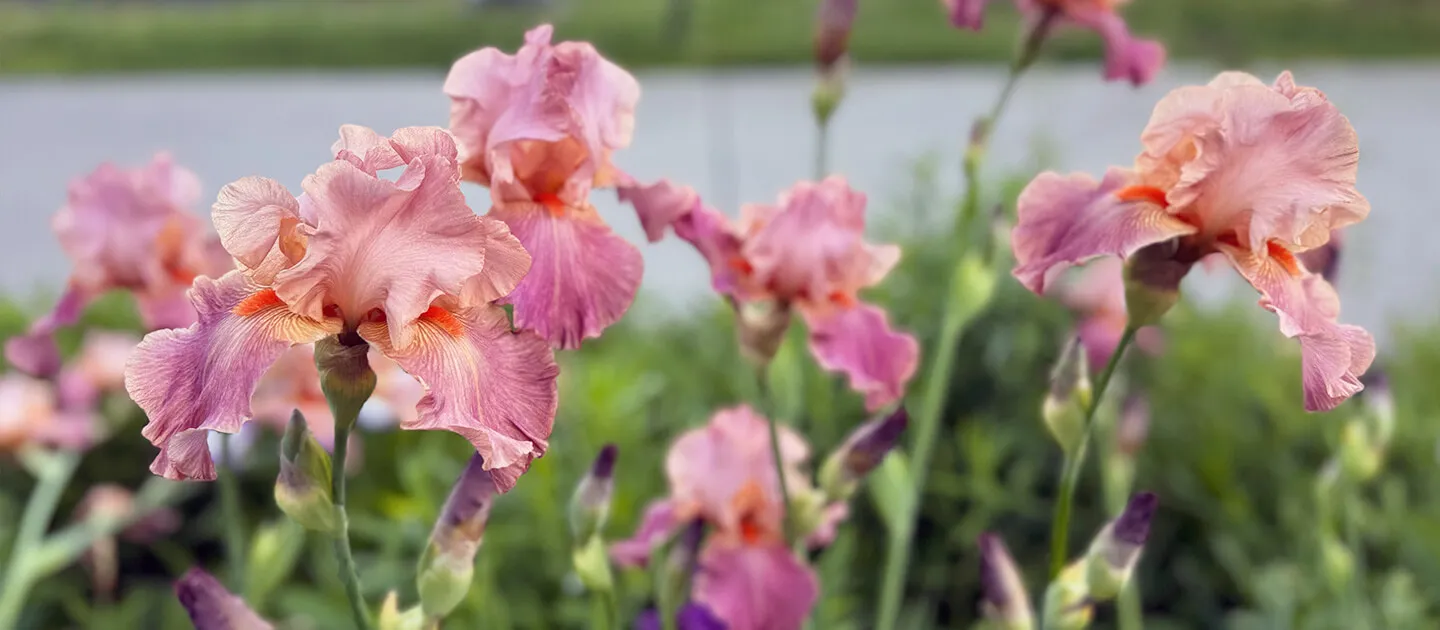Perennial plants return to our gardens each growing season, but after several years, they may outgrow their original space. Dividing perennials in the fall or early spring can help keep these plants healthy while allowing you to build your ornamental beds over time.
Overcrowding may cause a lack of flowers, increased disease pressure, and decreased vigor or die back. Consider root division to rejuvenate a tired, overgrown plant, give plants around it more room to grow, and provide you with more plants. Who doesn’t love a free plant?
Perennials to consider for root division include hosta (Hosta), speedwell (Veronica), coral bells (Heuchera), blanket flower (Gaillardia), daylily (Hemerocallis), Shasta daisy (Leucanthemum x superbum), coneflower (Echinacea), and moss phlox (Phlox subulata), among others.
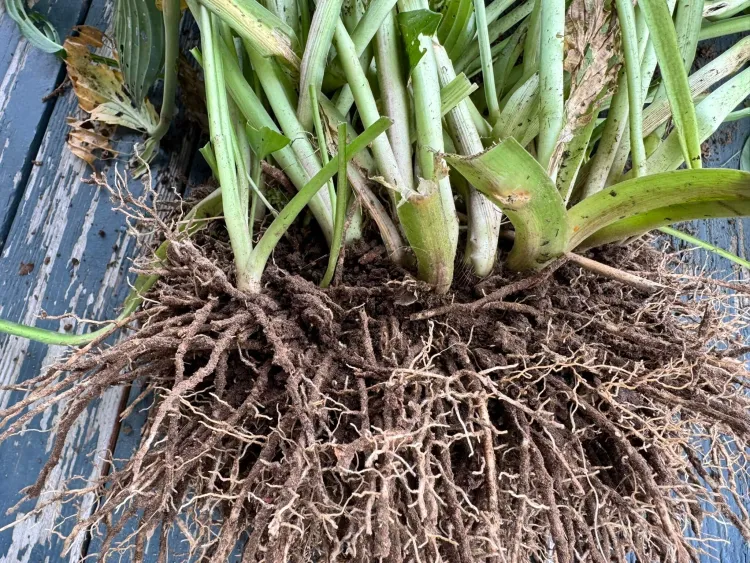
Some plants, such as hardy mums (Chrysanthemum × morifolium) bloom in the fall, so they should be divided in the spring when their energy is focused on growth rather than on producing flowers.
Other plants don’t like their roots disturbed and are best left to other forms of propagation since the success rate using division is likely to be poor. For example, lupine (Lupinus) has a long taproot and doesn’t do well if moved or divided. Alternate methods of propagation such as growing from seed or taking basal cuttings are likely to produce more successful results.
When in doubt, research the plant you want to propagate to determine the best method.
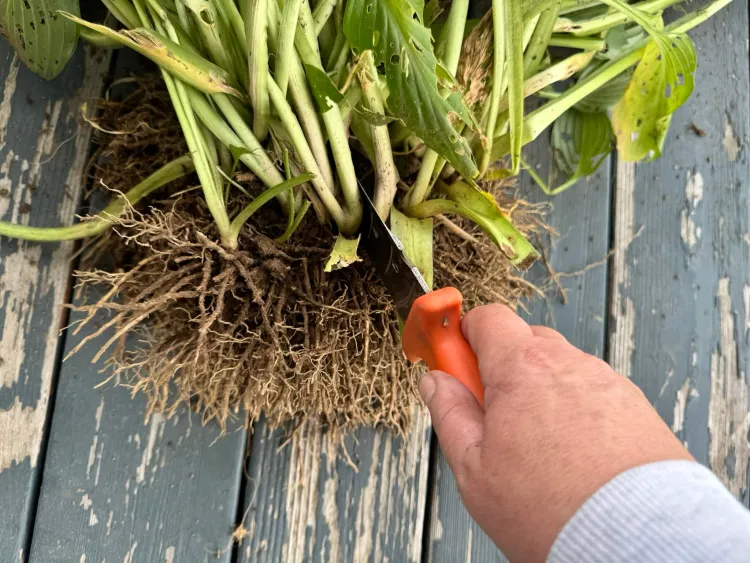
When dividing a perennial, choosing a mild, overcast day can help reduce stress on the plant. Water well shortly before proceeding.
Gather tools you may need, including a spade, garden fork, garden knife, and loppers or hand pruners. Make sure they’re clean and disinfected to prevent spread of possible plant diseases or pests. You’ll also need a tarp or wheelbarrow to hold the root ball once it’s removed from the ground.
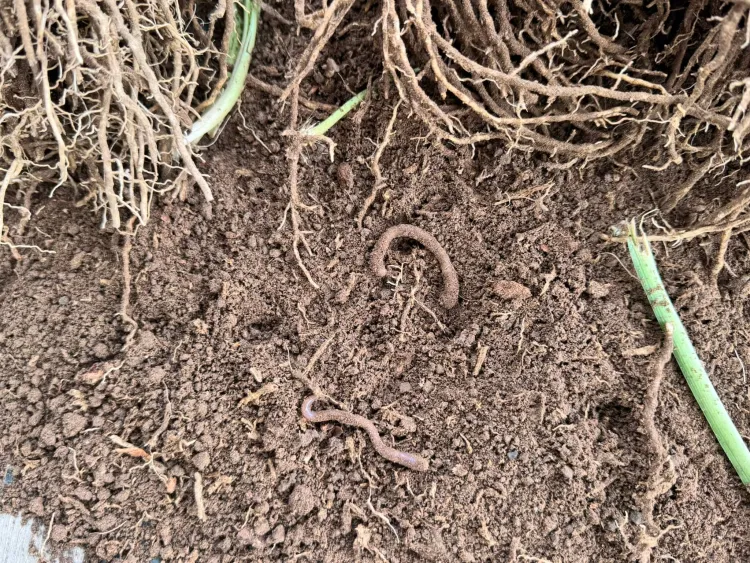
Remove dead or damaged leaves and those that have begun to die back as the end of the growing season draws near. You may also want to cut back excess leaves (up to one-third of the plant’s foliage) to make for easier handling during removal.
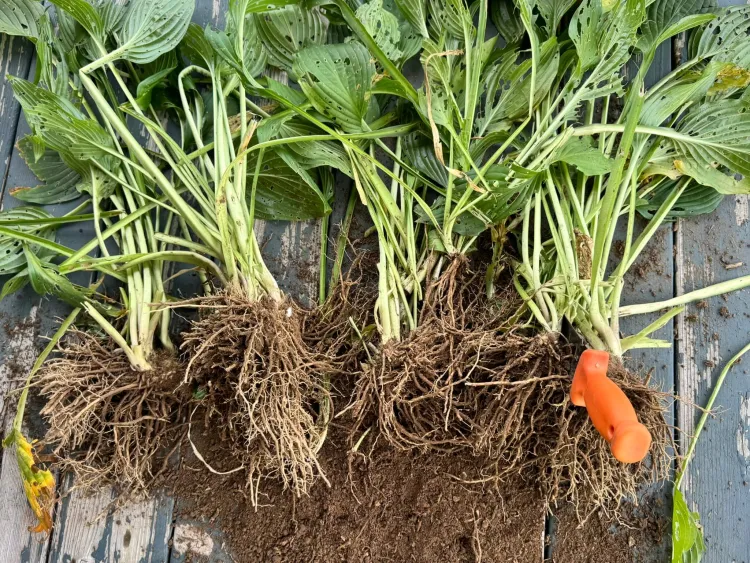
Dig around the root ball, preserving as much of it as possible. If the plant is particularly stubborn, you may need a sharp blade to aid in its removal. When loosened, lift the root ball using a spade or garden fork.
Place the root ball on a tarp on the ground or in a wheel barrel. Shake or otherwise gently remove enough soil to get a good view of the roots. Remove any that are dead or damaged. This is also a good time to inspect for jumping worms, especially in the fall, as you don’t want to spread them to other parts of your garden. Work quickly to minimize the time roots are exposed to air.
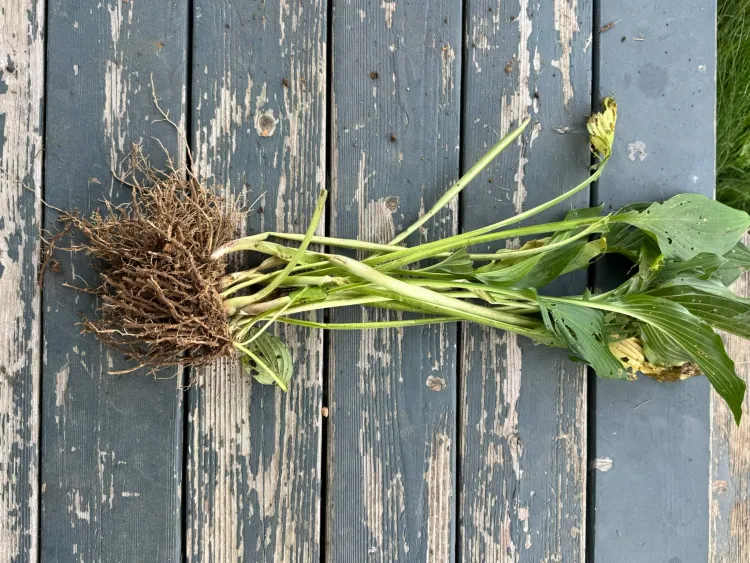
Select where you intend to make divisions in the root ball. In general, be sure each segment includes a good clump of roots and some above-ground growth. Divide the root ball into segments by hand or with a garden tool.
If you can’t plant the segments immediately, pot them up and keep in a sheltered location until you can.
If planting in ground, plant at the same depth as the original plant. Fill in the hole, tamping the soil down lightly. Water well. Do not fertilize until spring.
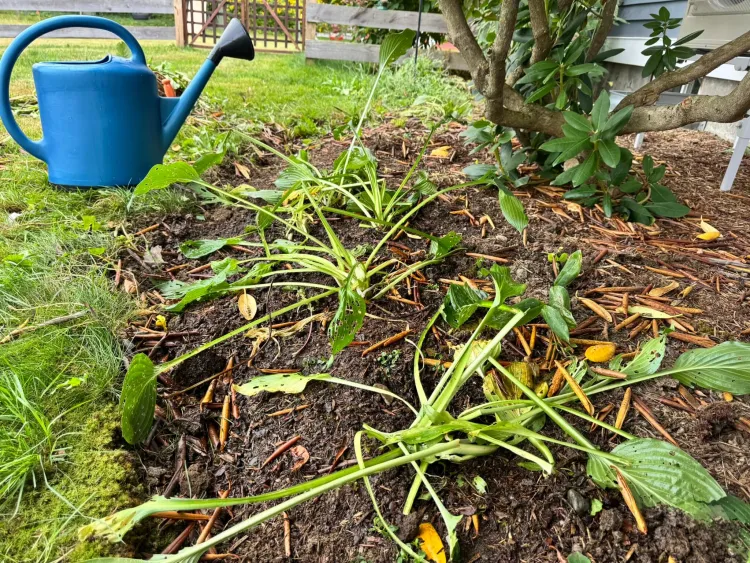
As always, for home gardening questions, contact the University of Vermont Extension Master Gardener Helpline online at https://go.uvm.edu/gardenhelplineor by phone at 802-656-5421, Thursdays, 9 a.m. to 12 p.m. from April to October.
With a little work this fall, you’ll have more happy, healthy plants to enjoy come spring.
